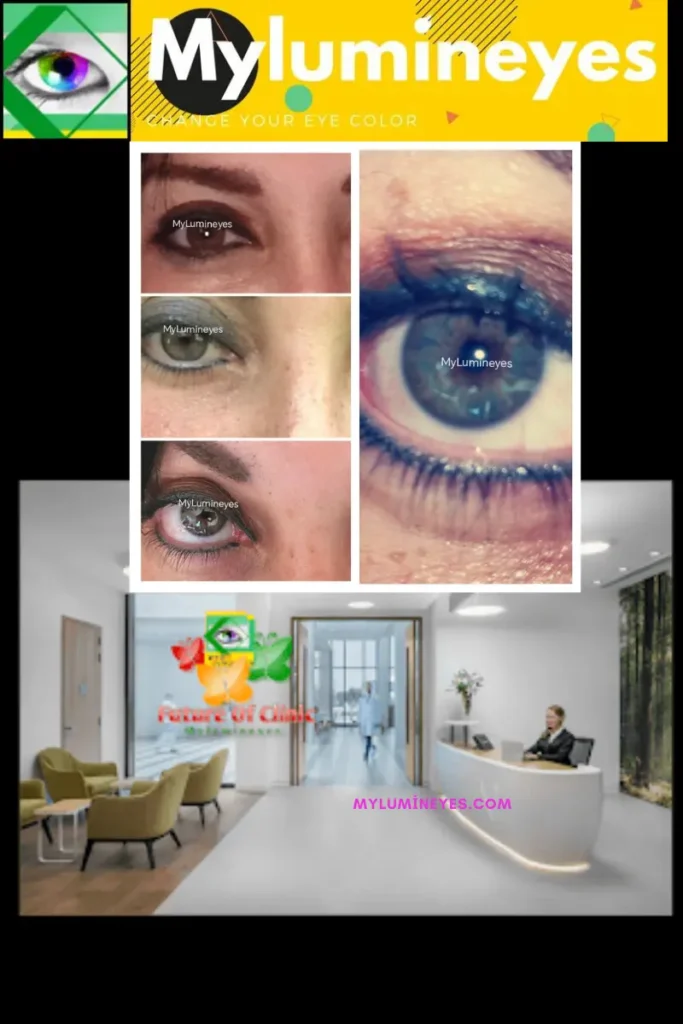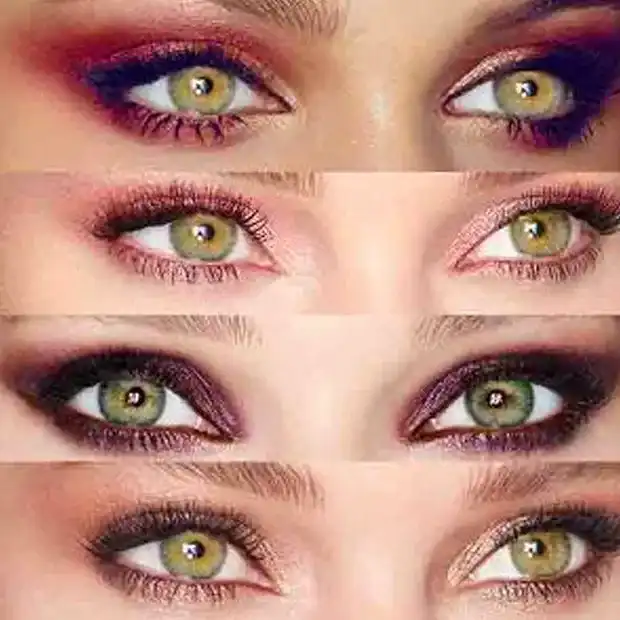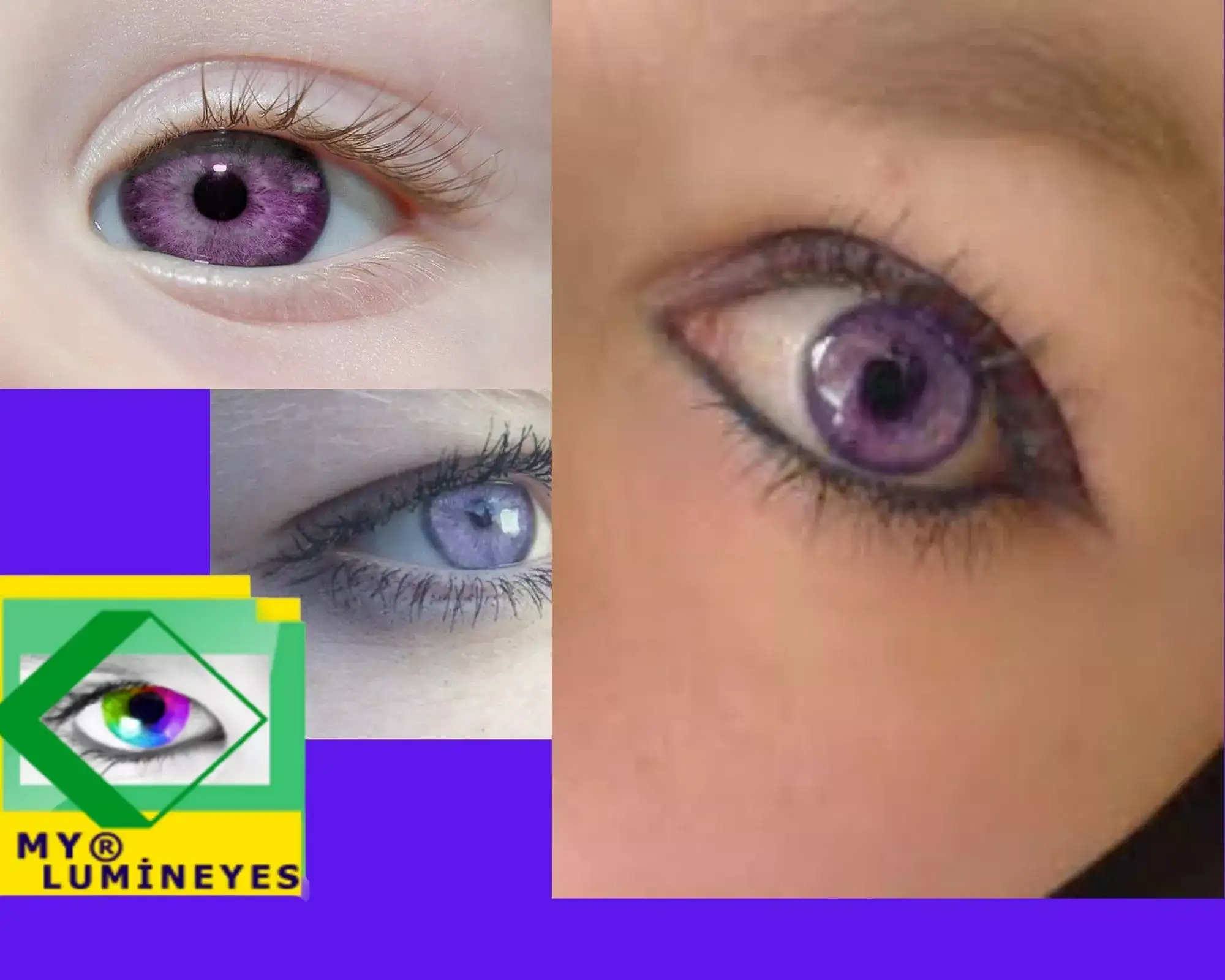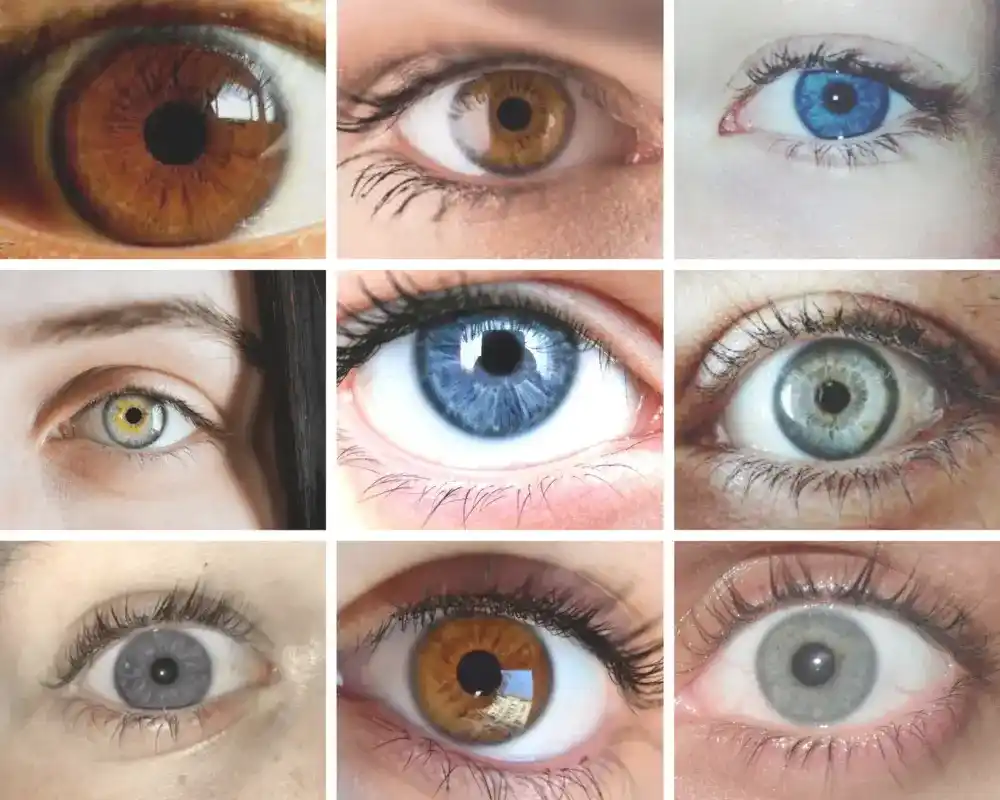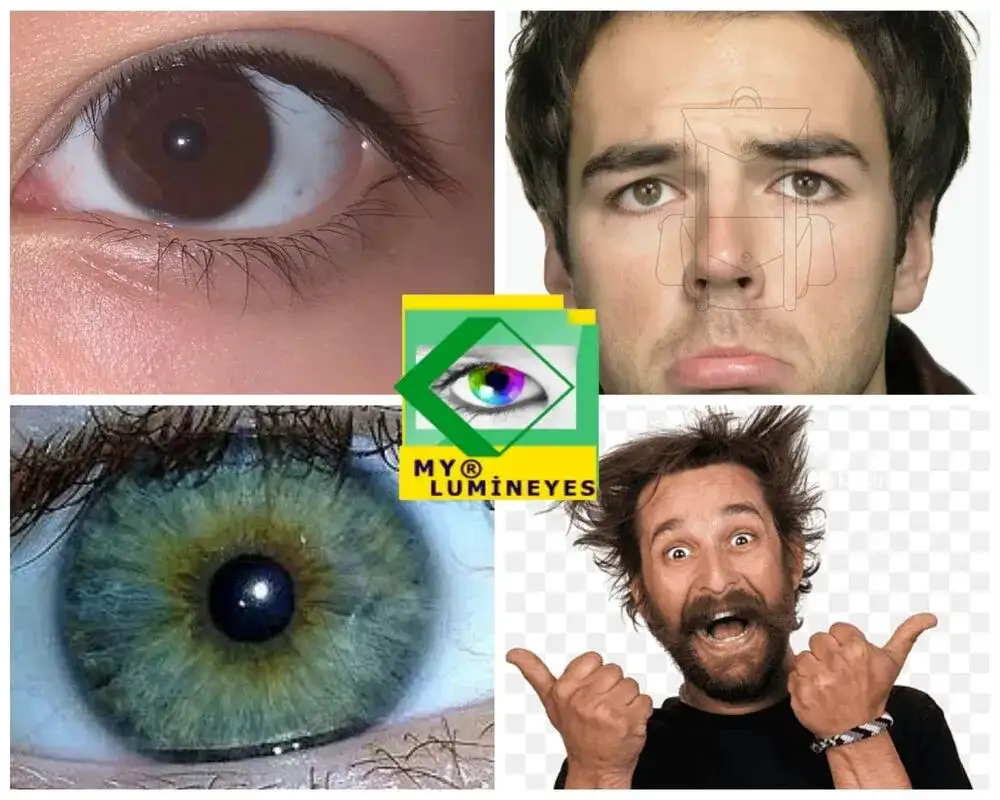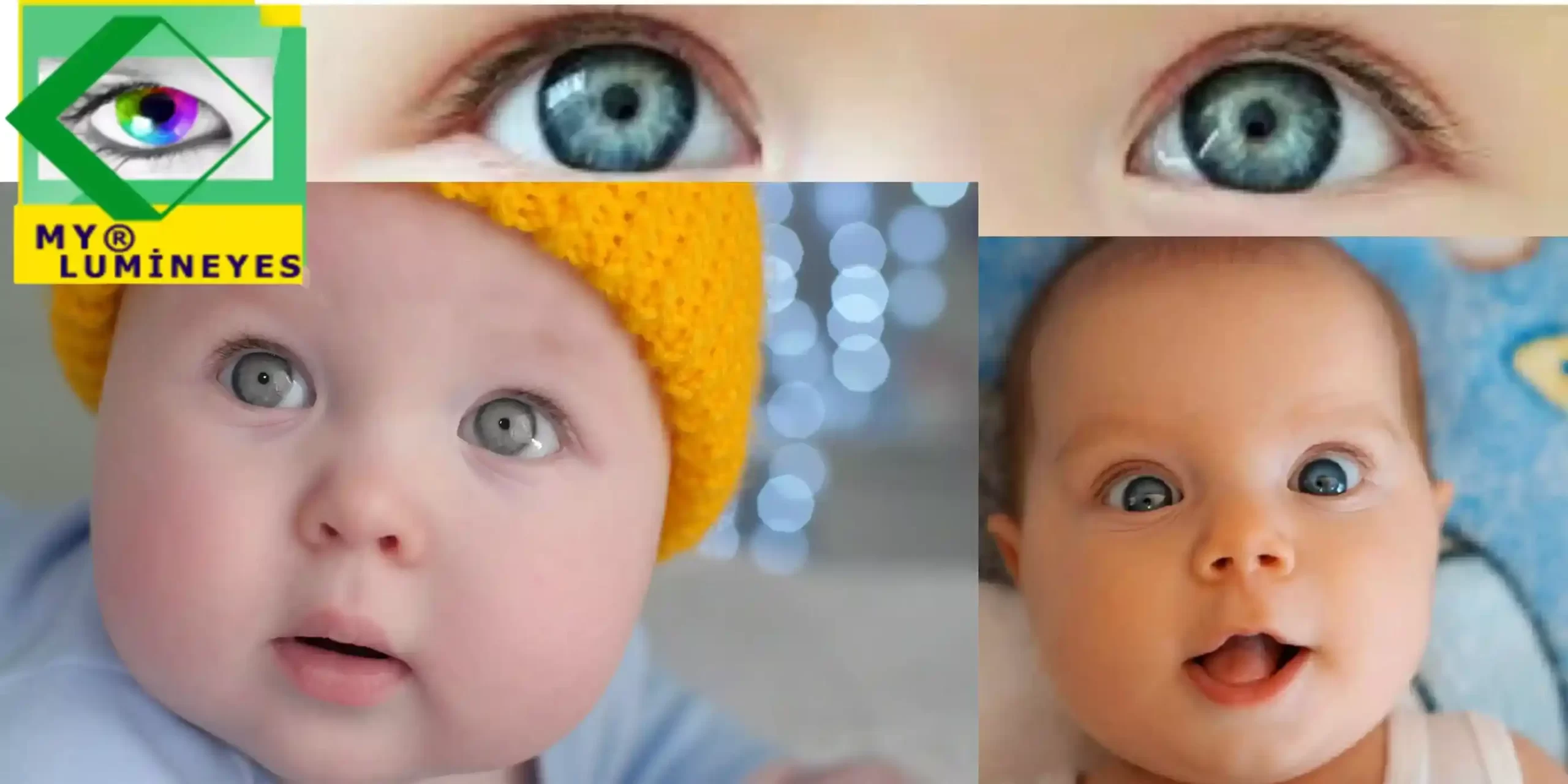Laser Eye Color Change
Laser eye color change is a non-incisional medical approach designed to gradually brighten the natural iris by reducing stromal melanin density. Unlike cosmetic intraocular implants or corneal pigmentation procedures, this method does not place any foreign material inside the eye and does not alter anatomical structures. Its intention is to work with the patient’s own iris biology to achieve a lighter, more reflective appearance over time.
The goal of this page is to provide a clear, medically oriented overview of how the laser works, what patients can expect, suitability criteria, safety considerations and long-term outcomes. For a broader understanding of other elective procedures, please review:
Eye Color Change Surgery.
Those seeking permanent, biological explanations may also visit:
Permanent Eye Color Change.

How Laser Eye Color Change Works
The technique uses a specific, low-energy laser wavelength directed toward the iris stroma. The laser interacts with melanin granules and initiates a controlled biological response. Over a period of weeks, these pigment particles are broken down and gradually cleared through natural metabolic pathways. As stromal melanin density decreases, the iris becomes lighter and more reflective, revealing natural underlying patterns.
This process is fundamentally biological. The laser does not cut, penetrate, or remove tissue. Instead, it relies on the eye’s own cellular and metabolic mechanisms. Because every iris is unique, outcomes vary based on pigment type, distribution, and individual physiological response.
- No incision — the laser does not create a wound.
- No implant — nothing is placed inside the eye.
- No alteration of internal structures — the anatomy remains unchanged.
- Predictable melanin response — based on clinical patterns of pigment modulation.
Why This Method Is Different
Laser eye color change is distinct from other approaches because it works with natural iris pigment rather than adding artificial color or modifying corneal tissue. This provides several important advantages:
- No foreign material is introduced, minimizing risks associated with implants.
- No structural invasion of the cornea or internal eye tissues.
- Natural appearance — the final result reflects the real iris texture.
- Gradual, controlled progression allows for clinical monitoring.
- Minimal downtime — most patients resume activities the same day.
Who Is a Suitable Candidate?
Laser eye color change is suitable for selected individuals following a comprehensive ophthalmic evaluation. Suitability is determined by iris pigmentation characteristics, overall ocular health, and absence of conditions that may interfere with healing or pigment modulation.
Ideal candidates typically meet the following criteria:
- Healthy cornea and anterior segment anatomy
- Adequate stromal melanin density for effective modulation
- No uncontrolled or advanced glaucoma
- No history of recurrent inflammation (uveitis)
- Stable intraocular pressure
- No active infection or ocular surface disease
Patients with uncertain suitability may require additional testing, such as endothelial evaluation, angle assessment or pigment distribution mapping.
What Happens During the Procedure?
The procedure is conducted under medical supervision and typically consists of a series of brief laser sessions. Each session targets a specific region of the iris, ensuring even distribution and controlled pigment modulation.
- Session duration: generally a few minutes per eye
- Total number of sessions: varies based on baseline pigmentation and desired brightness
- Comfort: most patients report mild or no discomfort
- Clinical monitoring: the eye is examined at each stage to assess response
The brightening effect is not immediate. The biological clearance of pigment occurs gradually, with visible changes appearing over several weeks.
Expected Results and Timeline
The progression of brightening follows a natural curve. Early results typically show subtle increases in clarity and reflectivity. Over successive weeks, the iris becomes noticeably lighter. The pace of change depends on individual pigment composition and the eye’s natural metabolic rate.
Many patients observe:
- Increased iris reflectivity
- Enhanced definition of natural iris fibers
- Gradual brightening over weeks to months
- Stable appearance after the modulation phase is complete
Because the process works with natural pigment, results retain the unique characteristics of the patient’s iris rather than an artificial, uniform color.
Safety Considerations
Laser eye color change is designed to minimize risk by avoiding incision, foreign materials, and intraocular manipulation. Safety depends on correct patient selection, controlled application parameters, and appropriate follow-up evaluations. Clinical experience indicates that the absence of intraocular entry significantly reduces many of the risks associated with surgical procedures.
Key safety elements include:
- No surgical wound: reduces risk of infection or wound-related complications.
- No implant-related issues: eliminates risks of implant migration, endothelial contact or chronic inflammation.
- Anatomical preservation: corneal and internal structures remain unchanged.
- Controlled parameters: the laser operates within defined medical thresholds.
Patients are monitored throughout the process, and any variation in response is evaluated as part of the clinical protocol.
After the Procedure
Most individuals resume standard activities shortly after each session. Temporary light sensitivity or mild irritation may occur but usually resolves quickly. Sunglasses may provide comfort in the immediate period after treatment.
Typical observations include:
- Gradual brightening over time
- Mild, temporary sensitivity to light
- Stable long-term appearance once the modulation phase concludes
- No disruption of daily visual function
If any unexpected symptoms occur, patients are advised to contact their clinic for evaluation.
Comparison With Other Methods
Laser eye color change is a non-incisional medical approach and does not involve implants, corneal pigmentation techniques or intraocular prostheses. Its mechanism and safety profile differ fundamentally from surgical procedures, while maintaining the natural structure of the eye.
Expert Insights: What Determines a Predictable Laser Response?
The clinical predictability of laser eye color change depends on a combination of anatomical, biological and optical factors. Understanding these parameters helps explain why outcomes vary between individuals, even when the same laser protocol is used.
- Iris stromal thickness: The density and depth of pigment layers affect how the laser interacts with melanin granules.
- Melanin composition: The ratio of eumelanin to pheomelanin influences the speed and uniformity of brightening.
- Cellular clearance rate: Natural metabolic variations determine how quickly pigment fragments are removed.
- Iris vascular microenvironment: Subtle differences in perfusion may influence biological response patterns.
- Optical scattering properties: Once melanin decreases, light reflection and scattering reveal underlying iris texture.
These parameters do not affect the safety of the treatment but help clinicians anticipate how each eye may respond across consecutive sessions.
Common Misconceptions About Laser Eye Color Change
“The laser burns or removes iris tissue.”
No. The method is non-incisional and does not burn, cut or remove any tissue. It modulates pigment through a controlled photochemical effect.
“Results are immediate.”
The brightening effect is gradual. Most visible changes occur over weeks as melanin fragments clear naturally.
“The eye color becomes artificial or flat.”
Because the iris texture remains unchanged, final results preserve natural patterns rather than producing a synthetic appearance.
“It is the same as corneal pigmentation or implants.”
No. Laser eye color change does not alter corneal tissue or introduce foreign material. It is biologically distinct from surgical or pigment-implant methods.
“One session is enough.”
Most patients require multiple sessions for uniform brightening. The number depends on baseline pigmentation.
How the Process Works: A Text-Based Graphic Explanation
The following step-by-step outline provides a clear, visualization-style explanation without using images:
1. Natural iris pigment (melanin) absorbs light. 2. The laser delivers a controlled wavelength to the stromal layer. 3. Melanin granules fragment into smaller particles. 4. The eye's natural metabolic system begins clearance. 5. Light scattering increases as pigment density decreases. 6. The iris appears progressively lighter and more reflective.
This simplified model mirrors the biological sequence observed during the modulation phase and helps patients understand why the results unfold gradually over time.
Related Topics for a Full Understanding
Understanding laser eye color change is easier when viewed within the wider context of other eye color–related topics:
- Permanent Eye Color Change – biological and long-term aspects
- Eye Color Change Surgery – surgical alternatives and medical considerations
- Eye Color Chart & Genetics – why eyes differ in color naturally
These links help build topical authority and support the full educational structure of the website.
Conclusion
Laser eye color change is a non-incisional medical method that works with the eye’s natural pigment to achieve a gradual, controlled and natural-looking brightening of the iris. Its safety profile and anatomical preservation distinguish it from surgical alternatives. Individuals considering this option should undergo a full ophthalmic evaluation to determine suitability and expected outcomes.
FAQ: Laser Eye Color Change
How does laser eye color change work?
Laser modulates stromal melanin through a controlled, non-incisional photochemical process. Pigment gradually reduces and clears naturally, allowing the iris to appear brighter over time.
Is laser eye color change safe?
The method avoids incision, implants and intraocular manipulation. Safety depends on proper patient selection and clinical monitoring, which is why each step is performed under ophthalmic supervision.
How many sessions are typically required?
Session count varies according to baseline pigmentation and target brightness. Each session is brief, and the treatment plan is individualized based on clinical findings and patient response.
Will the procedure affect my vision?
Most patients maintain normal daily vision. Mild, temporary light sensitivity can occur after sessions, but functional vision is generally unaffected and monitored throughout the process.
Are the results natural-looking?
Yes. Because the iris structure is not altered and only pigment density changes, results reflect the patient’s natural texture rather than producing an artificial color.
What should I expect after each session?
Mild sensitivity or short-term redness may appear but typically resolves quickly. Brightening progresses gradually over weeks as natural clearance occurs.
Important disclaimer: This page summarizes current clinical experience and research but does not guarantee outcomes or replace a personalized medical recommendation. All decisions about laser eye color change must be made together with a qualified ophthalmologist after a full examination.

